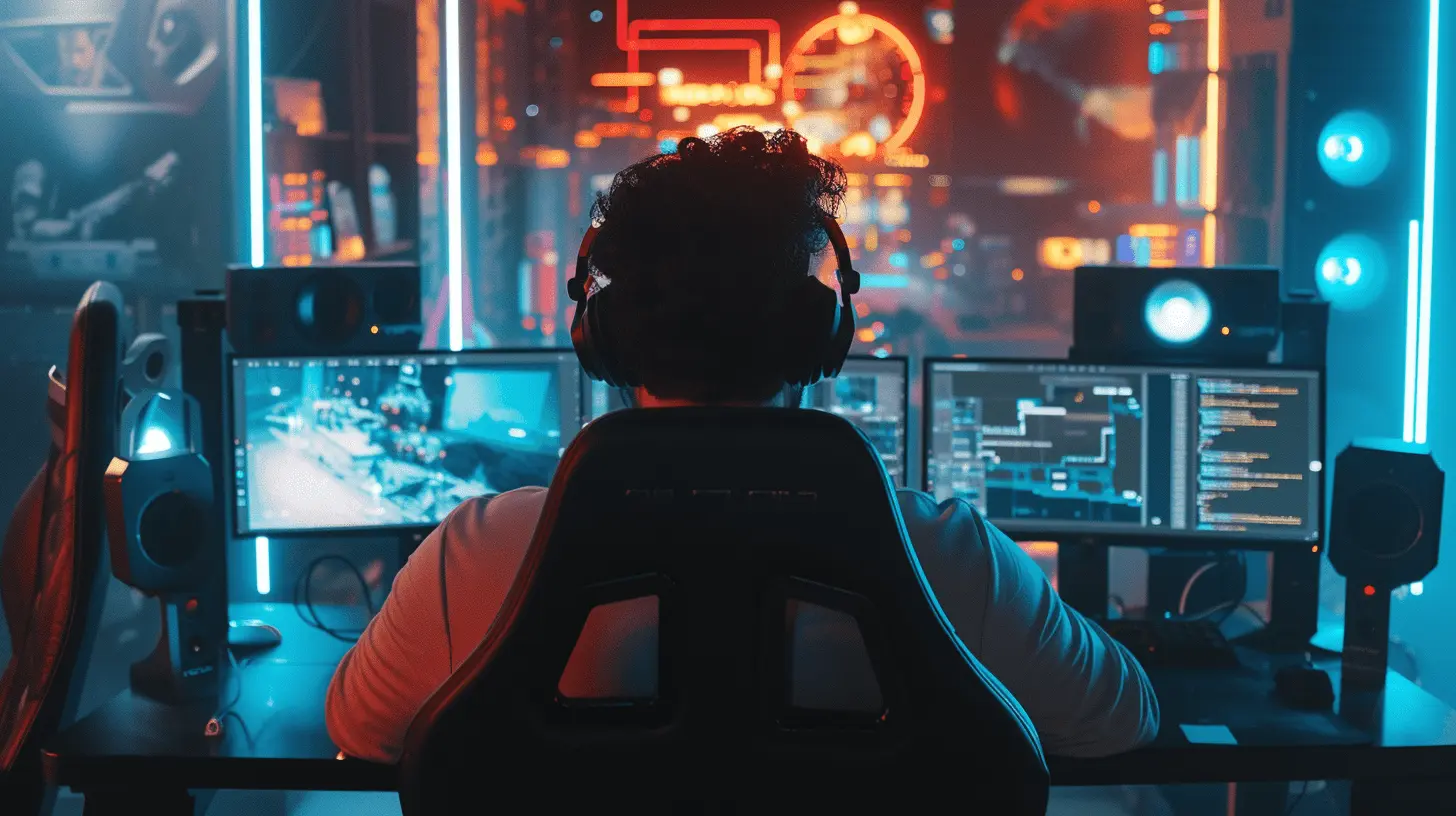In the dynamic landscape of visual storytelling, remote video editing emerges as a powerful and transformative force, reshaping how content creators, filmmakers, and businesses bring their narratives to life. This exploration delves into the realm of remote video editing, unraveling the intricacies that define this essential service and examining how it has become a cornerstone in the modern creative process.
Remote video editing is a collaborative endeavor that transcends geographical constraints, allowing editors and creators to seamlessly work together from different corners of the globe. At its core, it involves the post-production process, where raw footage is meticulously crafted into a compelling and polished final product. This process encompasses a myriad of tasks, including video sequencing, color correction, sound design, and the integration of visual effects, all aimed at elevating the storytelling experience.
One of the defining features of remote video editing is its flexibility. Editors can collaborate with clients, directors, and other team members without the need for a physical presence. This flexibility not only fosters a global community of creative professionals but also accommodates diverse schedules and time zones, ensuring that the creative process can unfold organically and efficiently.
The collaborative aspect of remote video editing is facilitated by advanced digital technologies and cloud-based platforms. These tools enable seamless file sharing, real-time feedback, and concurrent editing, fostering a dynamic and interactive workflow. Whether it’s a short film, a promotional video, or a documentary, the collaborative possibilities offered by remote video editing are reshaping the way creative projects are executed.
For content creators and businesses, remote video editing represents a cost-effective solution. Traditional in-house editing setups often involve significant overhead costs, including studio space, equipment, and utilities. Remote editing allows for a more streamlined and scalable approach, where skilled editors can be engaged on a project-by-project basis, optimizing resources without compromising on quality.
The democratization of video editing tools has further fueled the rise of remote editing. With accessible software and high-quality hardware becoming more prevalent, aspiring editors can contribute their skills to projects without the need for a physical studio. This inclusivity brings diverse perspectives to the editing process, enriching the creative landscape with varied voices and styles.
Despite the advantages, remote video editing is not without its challenges. Effective communication becomes paramount, necessitating clear briefs, regular updates, and a shared vision among team members. Security concerns related to file sharing and intellectual property also require vigilant attention to ensure the integrity and confidentiality of the creative work.
As the digital era continues to redefine how we create and consume content, remote video editing stands at the forefront of this evolution. It empowers creatives to collaborate on a global scale, fostering a rich tapestry of storytelling that transcends borders. The fusion of technology, creativity, and collaboration in remote video editing exemplifies the boundless possibilities that arise when the digital realm becomes a canvas for turning imaginative concepts into visual masterpieces.
